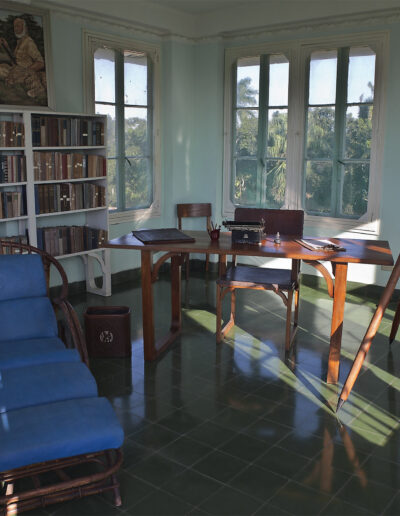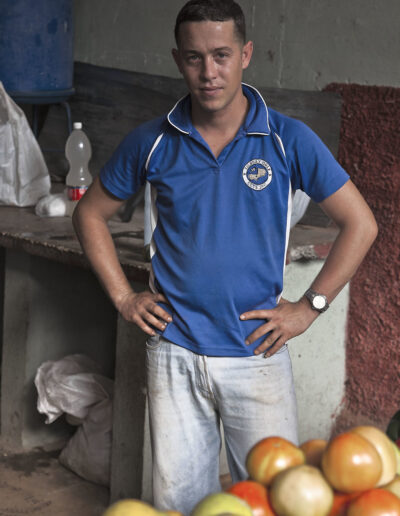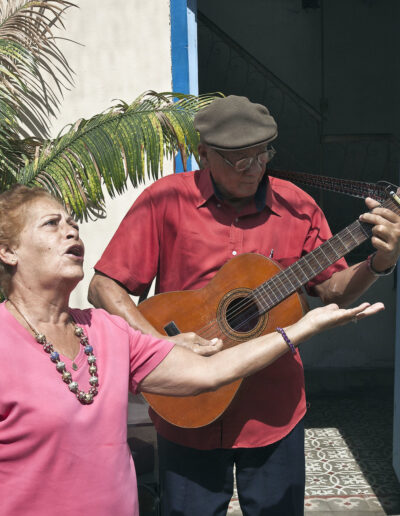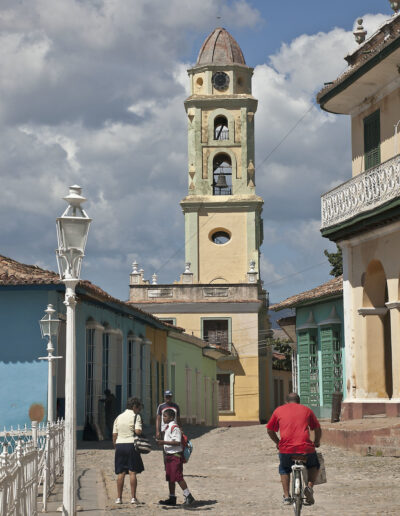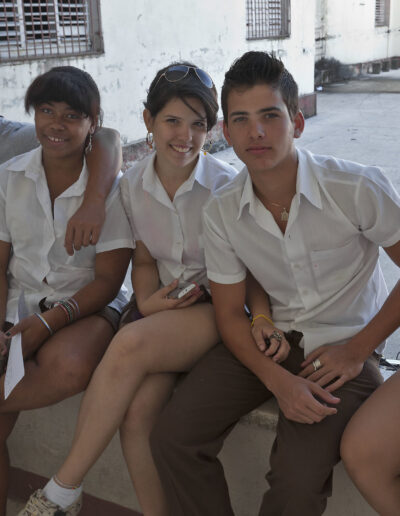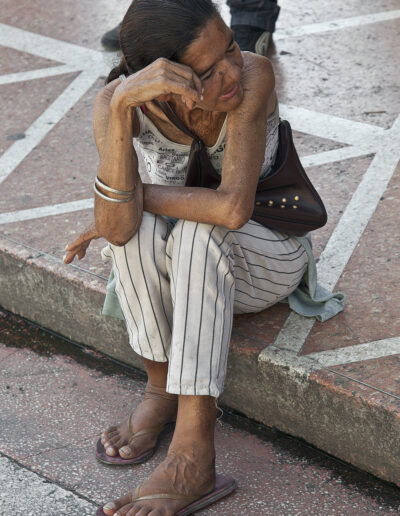Cuba
Cuba was a Spanish colony until the end of the Spanish-American War when it became a U.S. protectorate. Instability in governance eventually led to a dictatorship under Fulgencio Batista in 1952. In the years before and after Batista took control, American money, much of it from mob sources, built hotels and casinos and drew tourists to the country. In 1959 Batista was ousted by a revolution led by Fidel Castro, who with support of the Soviet Union established a communist party government. Cubans fled to the U.S. in large numbers, and those remaining found themselves under a new way of life. With embargo of trade with the U.S. and the collapse of the Soviet Union in 1991, life became increasingly difficult.
I was able to travel to Cuba in 2013 under a “cultural exchange” program. I found the infrastructure crumbling; for every restored piece of architecture, there were many more buildings on the verge of collapse with Cubans living in them. Old U.S. cars have been cobbled together by enterprising Cubans who use them as taxis for foreign tourists (cab drivers have a much higher income than doctors). Most Cubans are open and friendly to visitors. They seem to take great joy in their music and art. The recent changes in Cuban-American relations and the death of Fidel Castro may hasten improvement in the lives of Cuban citizens. But the vagary of politics remains.





